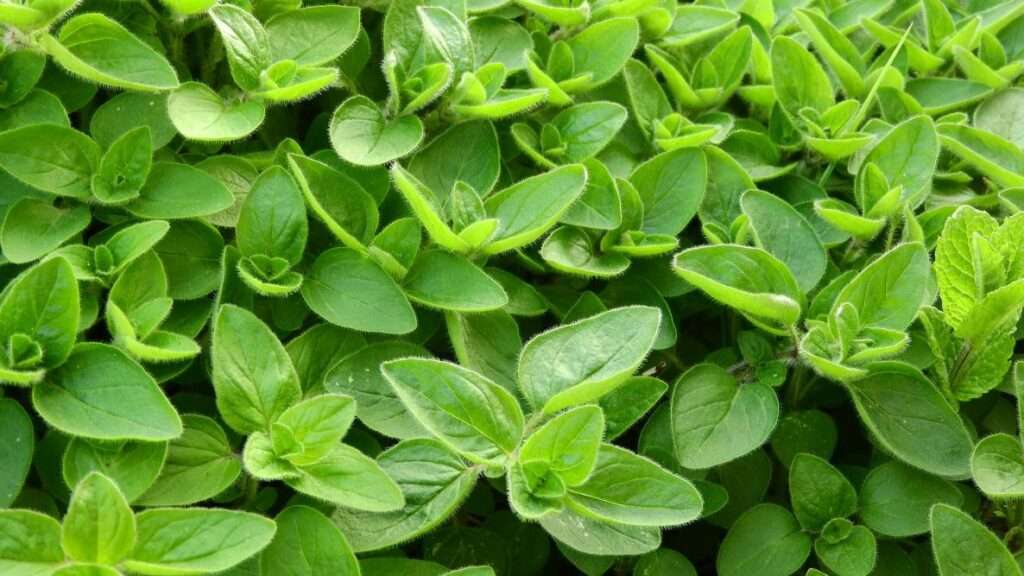
Description
Closely related to oregano, marjoram (Origanum majorana) is a perennial herb. Although it is grown as an annual or as a potted plant that is moved inside when the weather gets chilly, it is an evergreen in zones 9 and 10. The mounded, shrubby plant grows low, and its oval, fragrant, gray-green leaves are about an inch long. Though not very spectacular, little white or pink blooms appear from mid- to late summer. Marjoram grows slowly and eventually becomes a spreading ground cover; it is best planted in the spring.
Habitat
The origin of marjoram is in Southern Europe. These days, it’s grown extensively in India, Morocco, North Africa, China, Europe, and Russia. Marjoram is grown as an annual in any fertile, well-drained garden soil.
Uses
The oil, leaves, and flowers are used to produce medication. There is no solid scientific evidence to support the use of marjoram for any of the common ailments it is used for, including runny nose, cough, common cold, infections, and numerous digestive issues. Marjoram oil and herb are used as flavorings in meals.

Varieties
There is a variegated variety of Origanum majorana in addition to the primary species, which has gray-green leaves with creamy white edges. It grows more slowly and is more compact; it is typically preserved as an ornamental.
For your garden, you might also want to think about using a different kind of marjoram. The leaves of Greek marjoram (Origanum onites) turn gold in the summer. Grown to attract bees, butterflies, and other pollinators, it is hardy in zones 6 to 12. Both its flavor and cultural requirements are akin to those of Origanum majorana.
Plant Care
- Light
Rosemary plants adore sunlight. Try to provide them with full sun, which is six hours or more of direct sunlight most days. Select your brightest window if you’re growing indoors. Or, to make sure the plant receives adequate light, you can move it around your house to “chase” the light throughout the day.
- Soil
Plant marjoram in well-draining, loose, sandy or loamy soil that has a pH range of mildly acidic to slightly alkaline. Because the plant is prone to root rot, proper drainage is essential.
- Water
Young plants should have somewhat damp but not saturated soil. One inch of water per week should be sufficient. Well-established plants can withstand droughts quite well, but the soil shouldn’t go entirely dry. Steer clear of overhead irrigation, as this may result in fungal issues. Additionally, water early in the day so that any damp foliage has plenty of time to air dry before sunset.
- Temperature and Humidity
Since marjoram is a native of temperate Mediterranean regions, its ideal growing temperature range is between 60 and 70 degrees Fahrenheit. Stay away from anything colder than 50 degrees Fahrenheit. That being said, marjoram is not at all fond of extreme humidity.
- Fertilizer
Although it’s not necessary to fertilize marjoram, frequent feedings will encourage it to grow more lushly and fully. If you decide to fertilize your plant, feed it once a month according to the directions on the label using a liquid blend designed specifically for herbs. Alternatively, you can add organic matter to the soil around the plant to raise the density of nutrients.
Table





